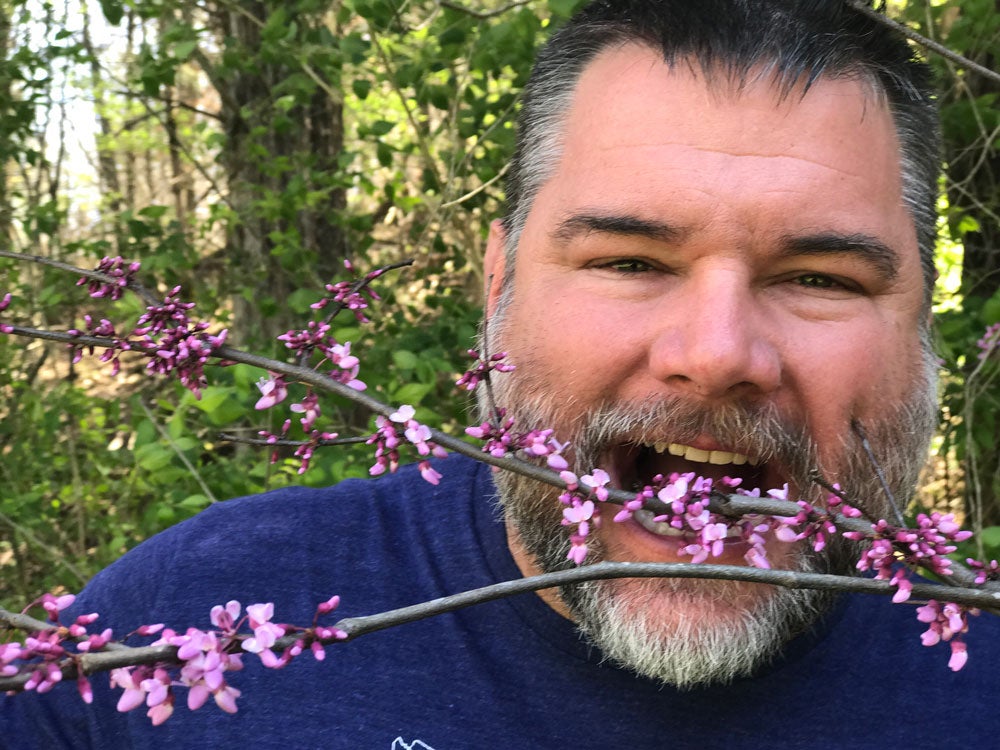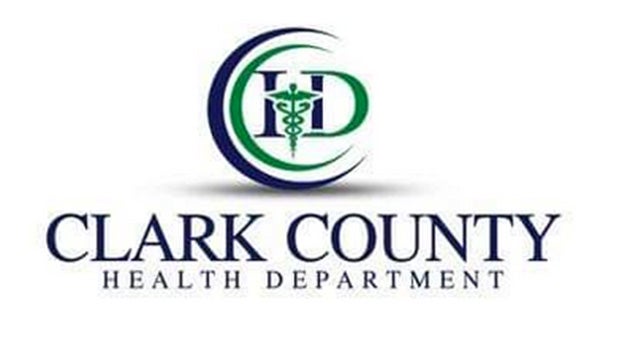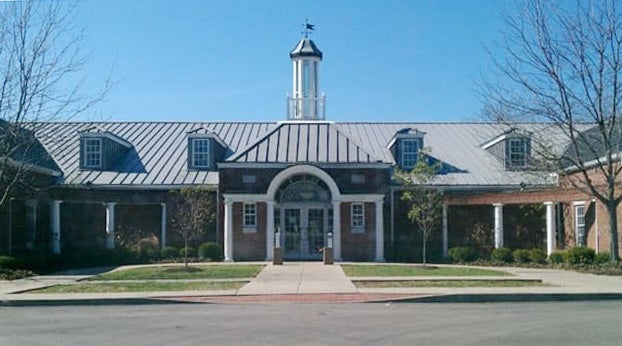CAUDILL: Wild turkey restoration success
Published 8:04 pm Monday, April 20, 2020

- aig Caudill is a lifelong resident of Winchester and serves as Director of Nature Reliance School. He is author of Extreme Wilderness Survival and Ultimate Wilderness Gear. Please feel free to contact Craig at info@naturereliance.org or through any of the various social media platforms available.
|
Getting your Trinity Audio player ready...
|
Turkey season is upon us.
As you are reading this, I hope to be in the woods somewhere, either hunting turkeys, morel mushrooms or both.
The fact wild turkeys are abundant enough to pursue is a fantastic feat that involves cooperation between hunters, conservation groups and dedicated biologists from the Kentucky Department of Fish and Wildlife.
It is hard to imagine that when Europeans came to America wild turkeys numbered in the millions, but by the early 1900s, they were eradicated from nearly 18 states.
At one point, there were only an estimated 30,000 turkeys in the whole country.
The low number was because of two factors. The first reason was our young nation was continuing to grow and build, and deforestation came along with that growth. Secondly, there was also unregulated hunting from the Europeans.
Theodore Roosevelt, even before the Endangered Species Act was written, started to change that and assisted in developing conservation groups that would bring the wild turkey back from near extinction.
If you ever drive down one of our rural highways here in Clark County, you have most likely seen isolated and maybe even flocks of wild turkeys.
We know those today thanks to the hard work of KDFWR and hunters following regulations.
Much of the success in restoration began in February 1932 when 46 wild turkeys were trapped and then released in various counties to start a spread of them.
It was in 1938 that a critical component of wild turkey restoration efforts occurred (also whitetail deer and waterfowl restoration efforts). Nearly 40,000 acres of land owned by a private company came under federal management.
Turkeys were one of many different wildlife species that got special attention with a study from federal and state wildlife biologists.
Land Between the Lakes is what we now know this area to be.
Efforts continued until 1972 when Kentucky had its first official wild turkey hunt.
Wild turkey restoration got a considerable boost in 1975 when KDFWR hired George Wright as its first biologist to focus his entire work on wild turkeys. He did and then some.
His research and the work of many other fantastic wildlife biologists in the state were instrumental in us being able to see them so readily here in Kentucky.
The way they did a lot of it is an indicator of how great our country is in many ways.
They traded wild animals that were numerous here for wild turkeys.
In the 1970s, white-tailed deer from Kentucky were traded to Mississippi and Arkansas for their wild turkeys. It was in the 1980s that wildlife trading ramped up when Kentucky purchased river otters from Louisiana and traded them for wild turkeys from Missouri and Iowa.
After these efforts were complete, live trapping and relocation efforts started in earnest in Kentucky.
Where wild turkeys were numerous, many were trapped and then relocated to counties that had little or none. These successful efforts were stopped in 1997 when it was determined that wild turkey numbers were getting near an optimal range for future planning.
A new phase of monitoring for maximum carrying capacity was beginning and continues today.
It is hard to know how many turkeys there are in Kentucky now. It is estimated to be somewhere between 200,000 to 250,000 birds.
Hunters annually harvest just north of 30,000 birds, which serves to help keep the numbers at an optimal amount for the state.
I know I write this often, but I feel compelled to repeat it. These successes are borne on the backs of hard-working wildlife biologists and the hunters who hunt within the law to help keep the numbers at an optimal amount. This success could not happen without funding from conservation groups like the Wild Turkey Federation and the sale of hunting licenses, which makes all the wheels keep turning.
It was unregulated hunting that nearly made wild turkeys extinct. Now wildlife management is making sure wild turkey and human interaction are at acceptable levels. We could manage for continued growth, but when turkeys are overpopulated, their health declines and we end up having wild turkeys in everyone’s backyards. That is not optimal wildlife-human interaction.
I am honored and pleased to play my small role in the continued healthy growth of the wild turkey population of Kentucky.
It is hard for non-hunters to understand. If you are one of those, I hope this has helped you understand.
If you are a hunter, I hope you know how important your role is.
Stay safe in the woods, keep the four rules of gun safety in mind and check your bird in after harvest.
I hope to see you on or off the trail!
Craig Caudill is a lifelong resident of Winchester and serves as director of Nature Reliance School. He is the author of “Extreme Wilderness Survival,” “Ultimate Wilderness Gear” and “Essential Wilderness Navigation.” He can be reached at info@naturereliance.org or through any of the various social media platforms available.





